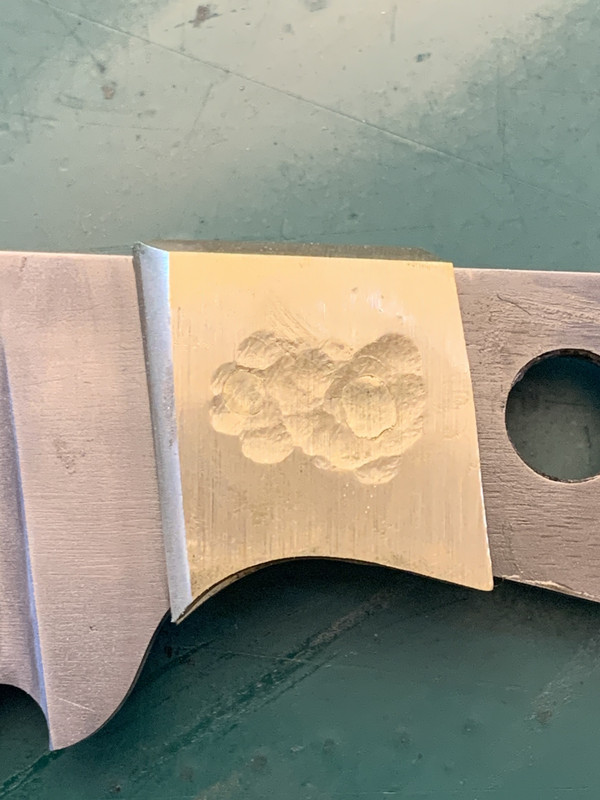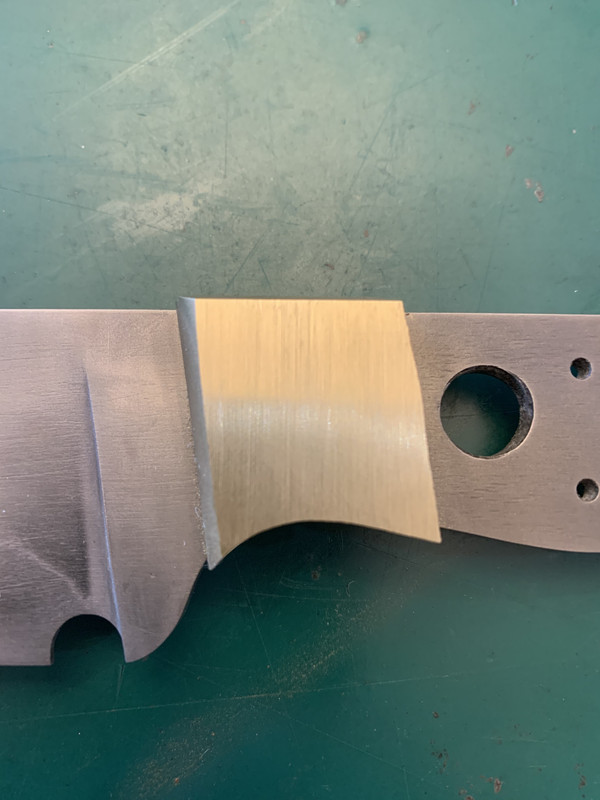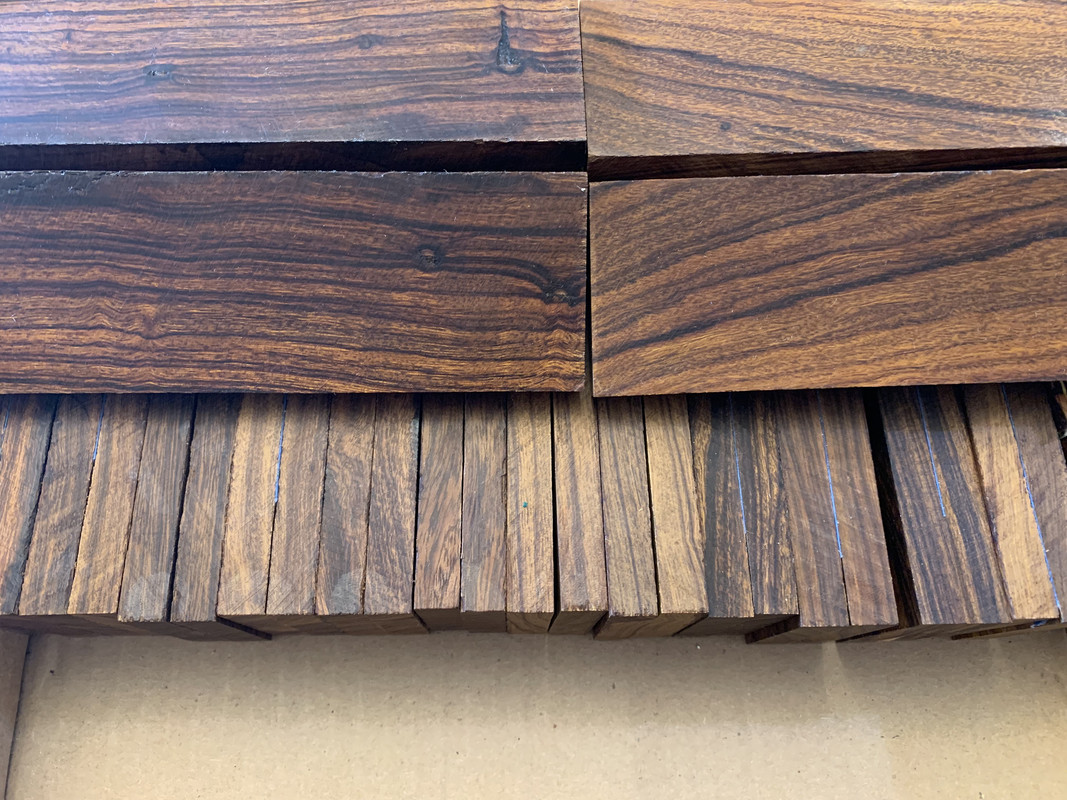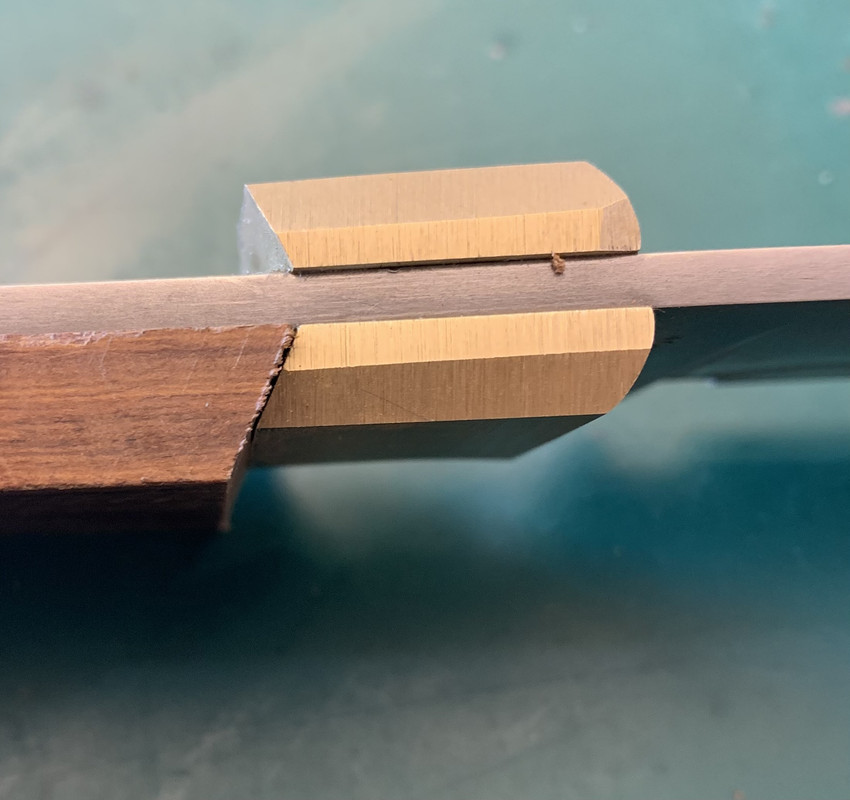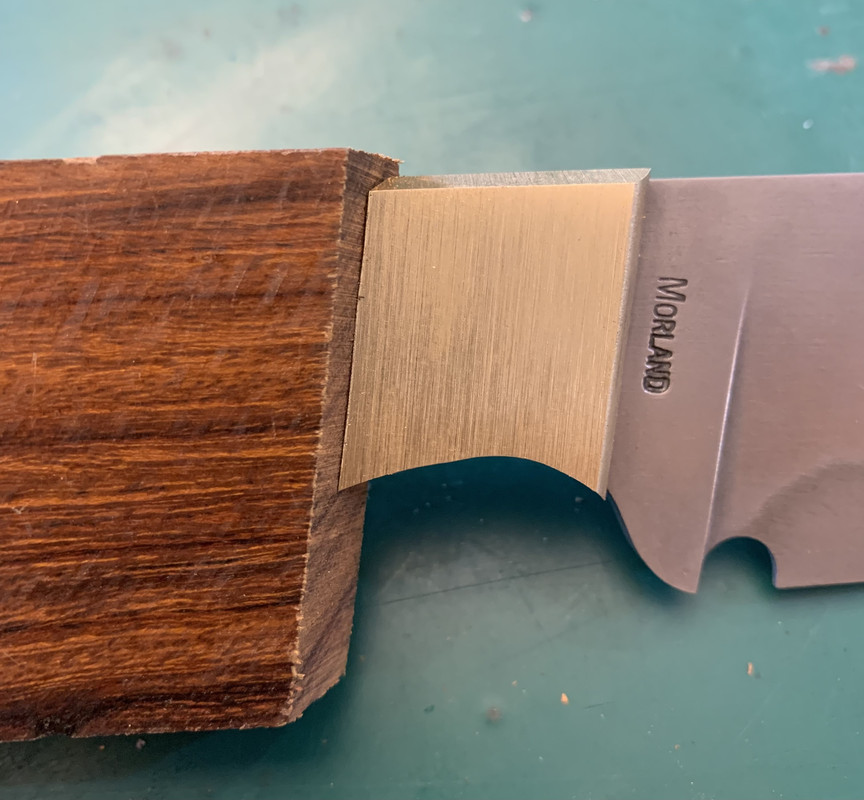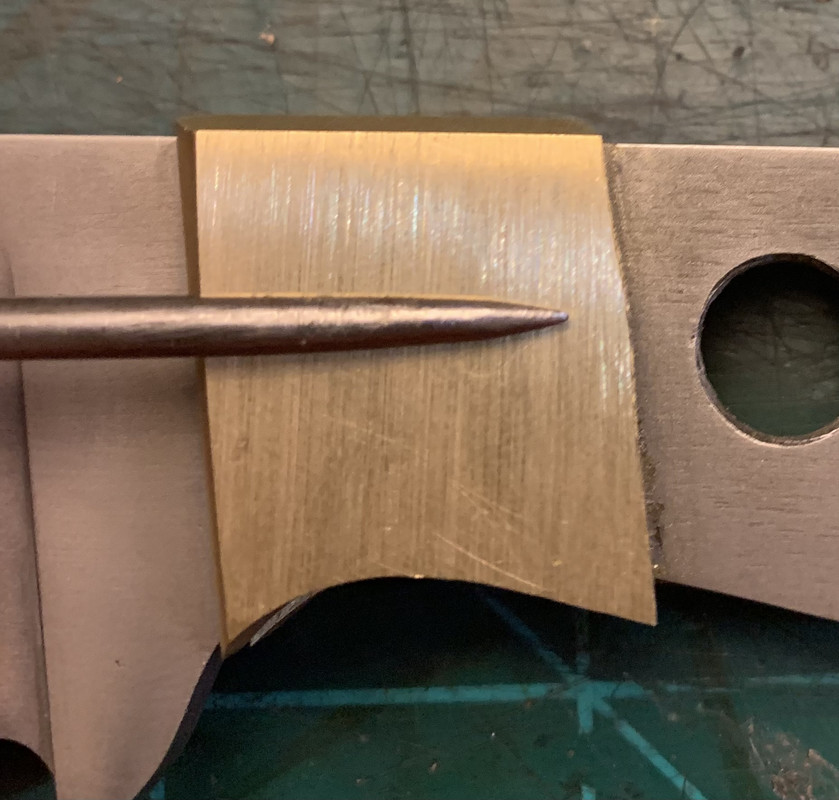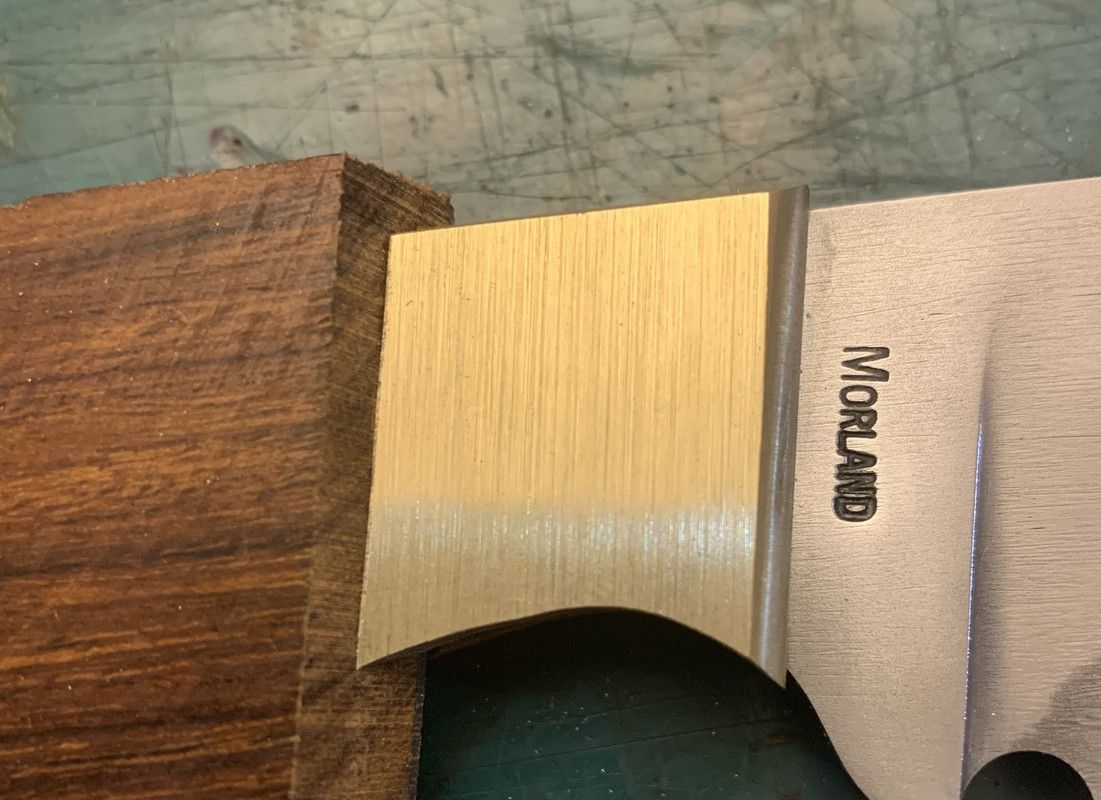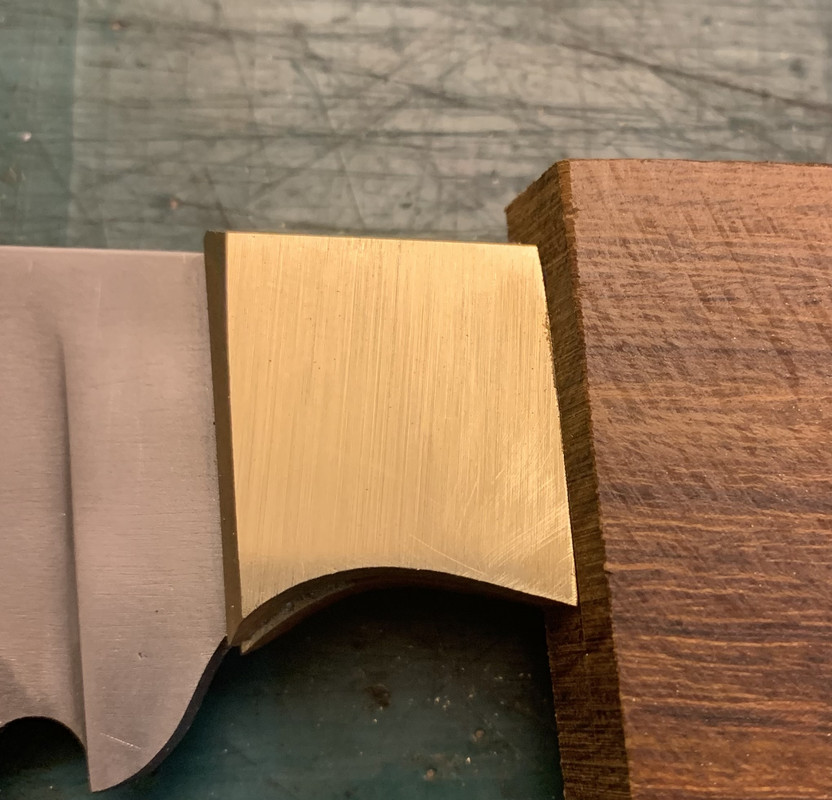Dennis Morland
KNIFE MAKER
Here are a few suggestions for bolsters.
1. Flat. If you start with two flat surfaces (knife blank and bolster) it is much easier to get a good solid fit.
2. Alignment. Getting the pin holes to match knife blank and bolster is important. Exact fits are easier to keep straight/flat. Having no wobble in the holes is a wonderful thing.
3. Clean. When working with brass, copper, aluminum, etc. clean is key. It makes it easier to hide the pins after attachment/clean up.
4. Plan. Having a plan and sticking to each step makes for a better outcome.
5. Pins. Your pins should be the same as your bolster if you want them hidden. I am fussy about pins. They have to be clean, right length, and rounded. I think it helps to keep them aligned while smashing them into the bolster material. Start with light taps to set them and then get more aggressive. If you bend the pins before setting it, you have a much higher chance of having offset bolsters. Take your time, get the bolster on straight and solid.
1. Flat. If you start with two flat surfaces (knife blank and bolster) it is much easier to get a good solid fit.
2. Alignment. Getting the pin holes to match knife blank and bolster is important. Exact fits are easier to keep straight/flat. Having no wobble in the holes is a wonderful thing.
3. Clean. When working with brass, copper, aluminum, etc. clean is key. It makes it easier to hide the pins after attachment/clean up.
4. Plan. Having a plan and sticking to each step makes for a better outcome.
5. Pins. Your pins should be the same as your bolster if you want them hidden. I am fussy about pins. They have to be clean, right length, and rounded. I think it helps to keep them aligned while smashing them into the bolster material. Start with light taps to set them and then get more aggressive. If you bend the pins before setting it, you have a much higher chance of having offset bolsters. Take your time, get the bolster on straight and solid.





